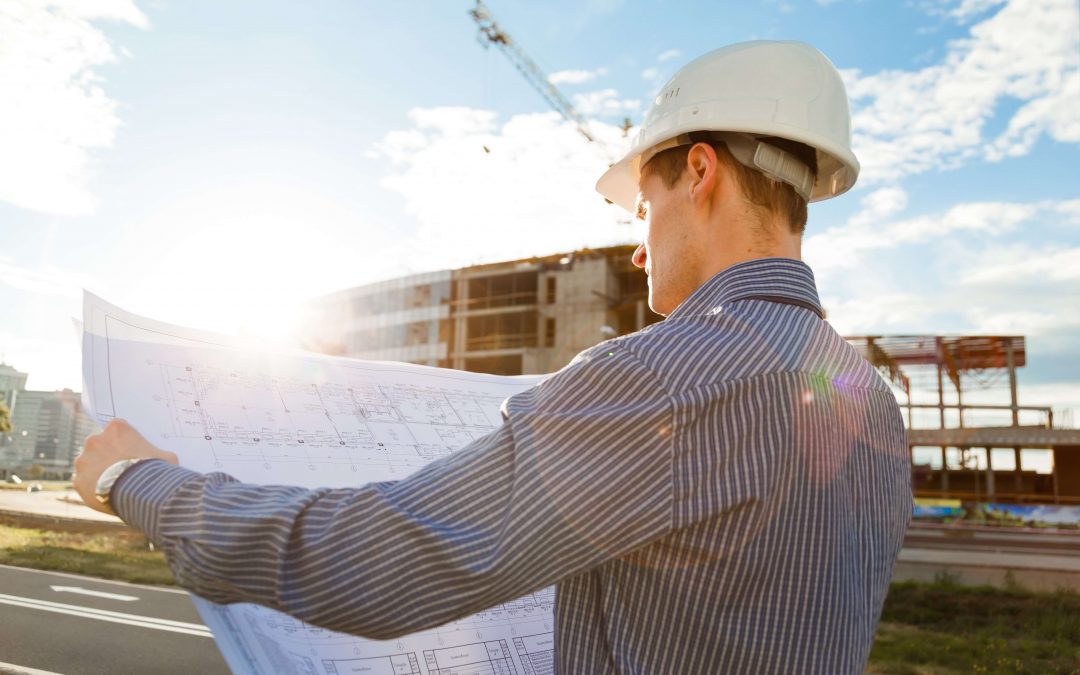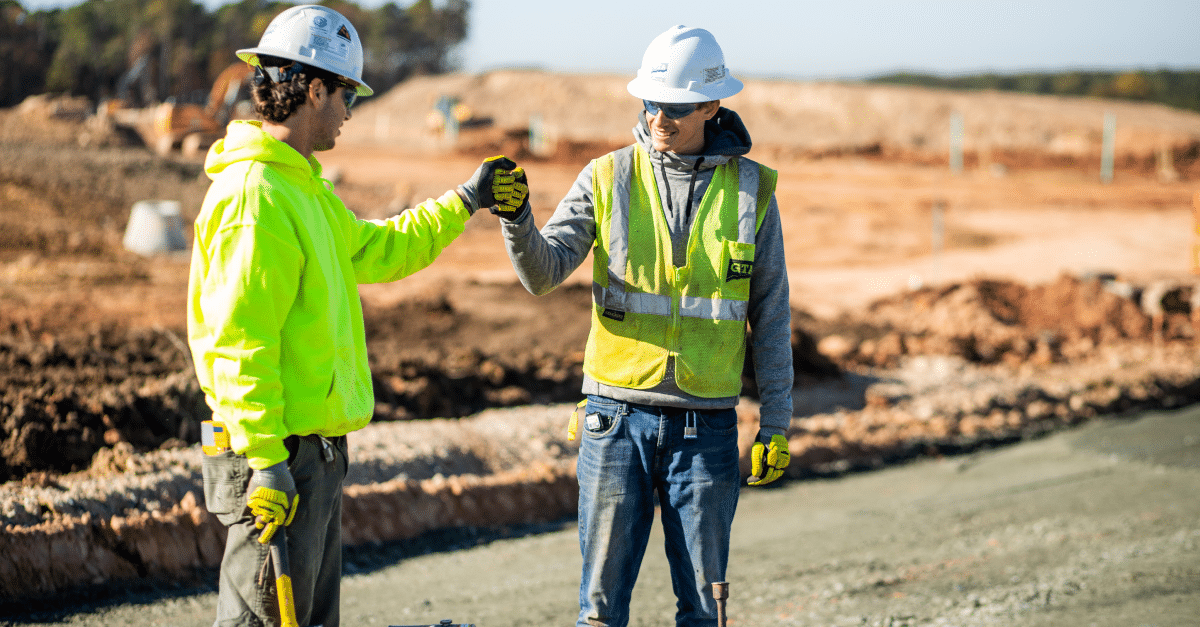Geotechnical Engineering For Construction Projects - An Overview
Geotechnical Engineering For Construction Projects - An Overview
Blog Article
The Only Guide to Geotechnical Engineering For Construction Projects
Table of ContentsThe 15-Second Trick For Geotechnical Engineering For Construction Projects6 Easy Facts About Geotechnical Engineering For Construction Projects ShownThe 9-Second Trick For Geotechnical Engineering For Construction ProjectsThe Ultimate Guide To Geotechnical Engineering For Construction ProjectsGeotechnical Engineering For Construction Projects - An Overview6 Simple Techniques For Geotechnical Engineering For Construction ProjectsThe Facts About Geotechnical Engineering For Construction Projects Revealed
and Kovacs, W. (1981 ), An Intro to Geotechnical Design, Prentice-Hall, Inc. Deep Scan Tech (2023 ): Deep Scan Technology reveals covert structures at the website of Denmark's tallest building. "Geofrost Coring". GEOFROST. Retrieved 20 November 2020. Han, Jie (2015 ). Concepts and Practice of Ground Enhancement. Wiley. ISBN 9781118421307. RAJU, V. R.Ground Renovation Technologies and Situation Histories. Singapore: Study Publishing Providers. p. 809. ISBN978-981-08-3124-0. Ground Enhancement Concepts And Applications In Asia. Pariseau, William G. (2011 ). Design analysis in rock auto mechanics. CRC Press. Hegde, A.M. and Palsule P (Geotechnical Engineering for Construction Projects).S. (2020 ), Efficiency of Geosynthetics Reinforced Subgrade Subjected to Repeated Automobile Loads: Speculative and Mathematical Studies.
Cengage Discovering, Stamford, 666 p. Atkinson, J., 2007. The mechanics of soils and structures. The Observational Technique in ground engineering concepts and applications.
The smart Trick of Geotechnical Engineering For Construction Projects That Nobody is Discussing
Lab and field testing plays a vital duty in this process. By removing samples from the earth's subsurface and using a suite of examinations, geotechnical designers can predict the practices of soil layers and evaluate their suitability for numerous building efforts. The significance of geotechnical engineering in civil engineering can not be overemphasized, attributable to several elements: The first step in any type of geotechnical research involves figuring out the dirt kind at the building website.
The structure acts as the bedrock of any kind of construction job. Choosing the appropriate foundation kind is a decision that pivots on the detailed analysis given by geotechnical design.

Geotechnical website investigation is a critical action in the preparation and implementation of any type of construction project. It involves the collection and evaluation of information connected to the physical properties of dirt and rock beneath a recommended building and construction website. This details is important for the design and building and construction of secure, steady, and sustainable frameworks.
The Single Strategy To Use For Geotechnical Engineering For Construction Projects
, also understood as subsurface expedition, entails a series of tasks intended at determining the dirt, rock, and groundwater conditions at a building and construction website. The primary goals are to identify potential geotechnical threats, evaluate the design residential or commercial properties of subsurface materials, and give suggestions for the design and construction of foundations, maintaining wall surfaces, and various other frameworks.
The desk research aids in determining prospective geotechnical issues and intending the succeeding fieldwork. This includes observing the topography, drainage patterns, existing frameworks, greenery, and any indicators of instability or disintegration.
The Of Geotechnical Engineering For Construction Projects
Shallow examination pits are excavated to straight observe and sample the soil and rock. This approach is valuable for researching the upper layers of the subsurface and recognizing near-surface risks. Non-invasive geophysical methods, such as seismic refraction, ground-penetrating radar (GPR), and electrical resistivity tomography (ERT), are used to map subsurface problems and identify anomalies.
Dirt and rock examples accumulated during the area examination are subjected to research laboratory screening to establish their physical and mechanical buildings. These examinations give essential data for geotechnical analysis and design.
The primary benefit of geotechnical site investigation is ensuring the safety and stability of frameworks. By understanding the subsurface conditions, engineers can develop foundations and other structural elements that can endure the loads and environmental forces they will be subjected to. This lessens the risk of settlement, subsidence, and architectural failure.
The Greatest Guide To Geotechnical Engineering For Construction Projects
Understanding soil qualities can lead the selection of excavation strategies, dewatering approaches, and ground enhancement measures. This makes sure reliable and safe building practices. Geotechnical site examinations are usually needed by developing codes and laws. Sticking to these needs makes certain conformity with legal and safety criteria, staying clear of prospective legal liabilities and project hold-ups.
This details is very useful for job managers, engineers, and professionals in creating realistic schedules, budgets, and contingency strategies. Geotechnical Engineering for Construction Projects. Skyscraper in a Coastal AreaIn a seaside city, a high-rise household structure was intended on a site with suspected loose sand down payments and a high water table. A detailed geotechnical investigation, including borehole drilling, CPT, and geophysical surveys, was performed
Geotechnical Engineering For Construction Projects Fundamentals Explained
Based on these searchings for, the structure style was customized to include deep pile structures extending into secure strata, and ground enhancement methods, such as vibro-compaction, were implemented to mitigate liquefaction threats. This positive approach ensured the safety and security of the structure while preventing costly post-construction removal. Facilities Development on a Sloping TerrainA significant facilities project, including the building of a freeway and bridges, was prepared on a hilly terrain with high slopes.

The Leaning Tower of Pisa (Italy), a legendary architectural wonder, is infamous for its unexpected tilt from considerable geotechnical concerns. The tower's structure was inadequately created to manage the soft, unstable dirt below it, bring about irregular negotiation and its distinct lean. Our world is populated with excellent framework projectsfrom towering high-rises to stretching bridgesall standing testimony to the advancement see post of the various building and construction devices and approaches available.
Geotechnical design is a customized field within civil engineering that concentrates on researching the behavior of earth products. This branch delves deep into the groundinvestigating just how the dirt, rock, and groundwater at a building site can influenceand be affected bythe infrastructure that we erect on and into them. Before a single brick is laid or a concrete structure put, geotechnical engineers probe into the earthgathering critical data regarding the site's dirt make-up, rock framework, and groundwater degrees.
Getting My Geotechnical Engineering For Construction Projects To Work

is a device made use of to assess the integrity and load-bearing capacity of piles throughout setup, leveraging the concept of wave breeding. It optimizes building effectiveness by supplying real-time evaluations, thus making sure risk-free and reliable pile foundations. One of the practical applications of geotechnical engineering includes deciding and executing the right methods for structure building and construction.
Load driving stands for greater than the simple act of inserting structural components right into the ground. On the contrary, it is a carefully orchestrated procedure of transferring a structure's load past the less steady soil layers closer to the surfacedown to the more substantial strata that exist under. In the case of pile driving, reference think about exactly how geotechnical designers expertly use this technique to uniformly disperse the structure's weight.
Report this page